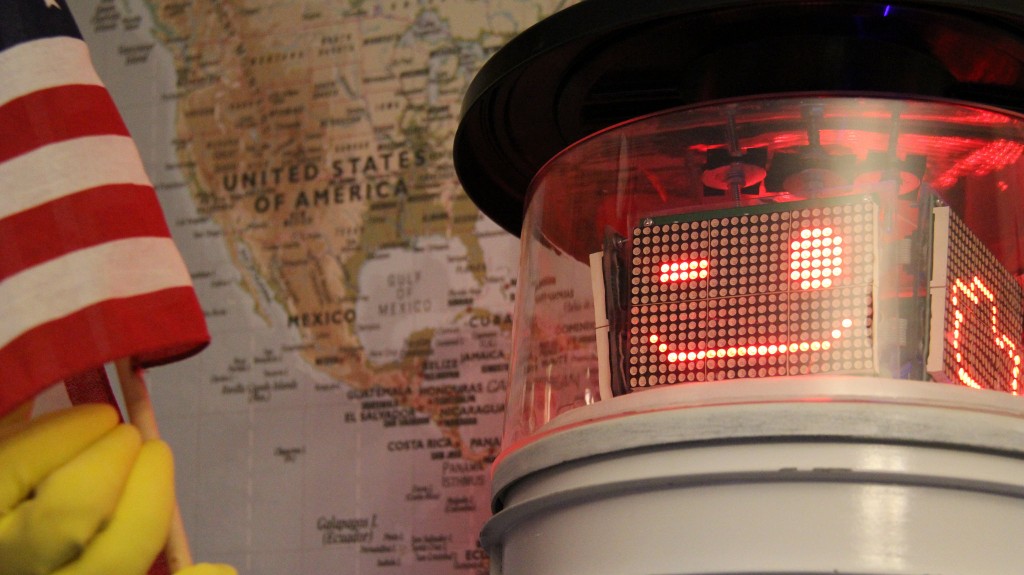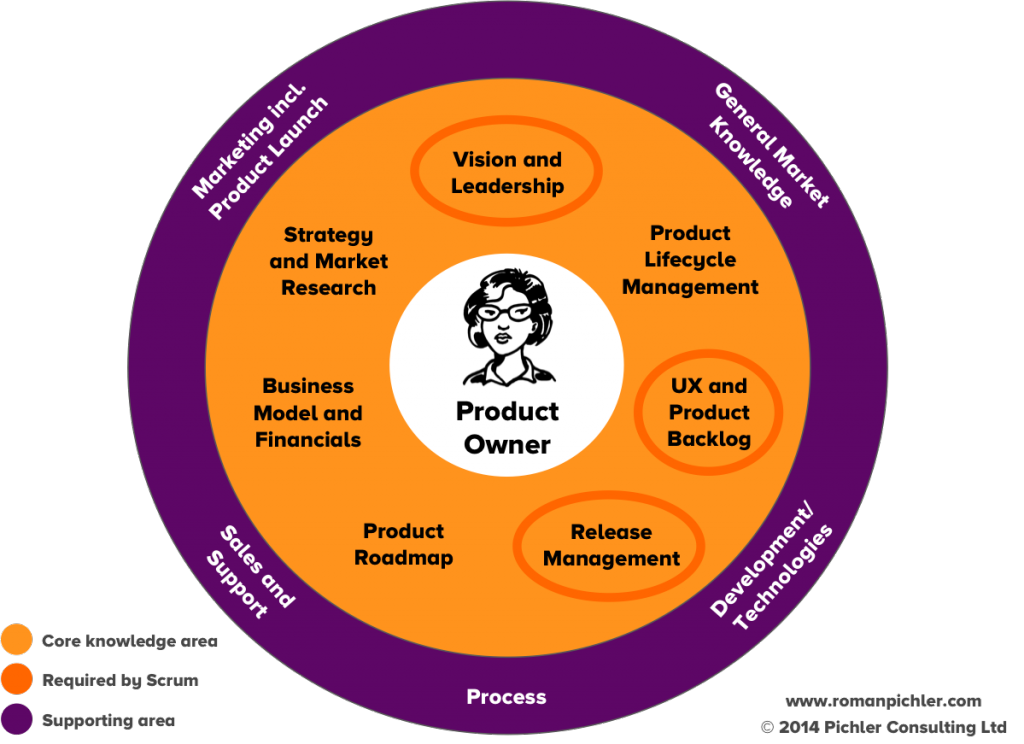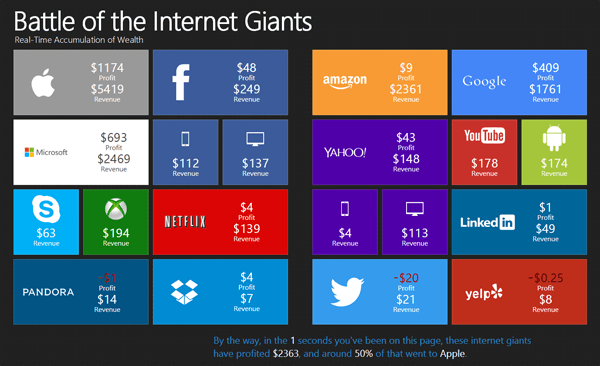Sections
The Charge of the Chatbots
[avatar user=”malm” size=”small” align=”left” link=”file” /]
This Nautilus post on “why your next best friend might be a robot“ provides some useful insights into how rapidly AI-driven chatbots are evolving. The article is written by a Microsoft VP working on the deployment of their Xiaoice digitial assistant in Asia. It’s interesting how many users are already able to anthropomorphise their experience today with ever greater improvements over the horizon:
This could be the largest Turing test in history. One of its surprising conclusions is that people don’t necessarily care that they’re chatting with a machine. Many see Xiaoice as a partner and friend, and are willing to confide in her just as they do with their human friends. Xiaoice is teaching us what makes a relationship feel human, and hinting at a new goal for artificial intelligence: not just analyzing databases and driving cars, but making people happier. … We can now claim that Xiaoice has entered a self-learning and self- growing loop. She is only going to get better.
The acquisition this week of SwiftKey by Microsoft for $250million served as a further validation that a company with a clear focus and capability in applied AI and Machine Learning can have a worth far in excess of its size. It’s possible that SwiftKey’s tech will find its way into a future version of Xiaoice. More generally her popularity underscores a growing belief among many analysts that chatbots are the next big thing in mobile and will eventually usurp the currently dominant mobile app paradigm:
building conversational bots costs less and takes less time than building and maintaining apps for iOS and Android platforms
Xiaoice is also an exemplar of the combinatorial change that is starting to reel in faster year by year. MIT’s review of what robots and AI learnt in 2015 serves to remind one of some of the incredible progress made in several key areas over the last year:
Huge progress has been made in AI over the past few years, due to the development of very large and sophisticated “deep learning” neural networks that learn by feeding on large amounts of data, and this trend continued in 2015. The world’s biggest tech companies have hired experts in the field to apply the technique to tasks such as voice recognition.
Taken together with advances in other technical disciplines, ever more dramatic progress through combination seems inevitable:
All new technologies are linked together – great slide from @mtrends in #LT16uk #T1S1 pic.twitter.com/13YfaEjEKa
— Andy Nock (@AndyNock83) February 3, 2016
@mtrends provided his perspective on the skills that will be needed to thrive in this world. Critical thinking, complex problem solving and creativity are going to be key to navigating the shape of things to come:
#LT16uk @mtrends session very thought provoking. Change is really coming now and fast. #T1S1 pic.twitter.com/FwsiTIOojq
— Julie Wedgwood (@JulieWedgwood) February 3, 2016
The popularity of the Japanese virtual pop star Hatsune Miku is a signpost to the ground Chatbots might eventually evolve towards. What happens when they exhibit distinct personality traits and achieve fame on their own terms?
In the latest episode of The Brain, David Eagleman portrayed a vivid picture of neurons being physically sculpted by experience into brain circuitry that operates without any conscious control through out the course of your life. The 100 billion neuron figure he uses is contested but irrespective of the actual amount, it does seem at least plausible that we will eventually be able to build something in software that approximates the physical structure. Given our limited understanding, it seems at best unclear what will emerge through experience from the underlying connectivity inherent in any similar substrate, be it software or hardware based. Perhaps it will resemble a proto-AGI or go beyond into uncharted ASI territory. Advances like the MIT Eyeriss “AI chip modelled on the human brain” to allow localised AI use cases in IoT devices simply add to the witch’s brew.
Closely followed by the Babelfish
- Text-based chatbots may arrive in force first but many of the tech enablers it employs are broadly applicable to voice interfaces once voice recognition has done its job. All of which suggests the babelfish is coming. The Doppler Labs Here ear buds with ‘AR listening system’ looks a plausible harbinger boldly positioned by their parent company as a product that will “establish the ear as the focal point for the next phase of computing”. Combine this with voice Natural Language Processing and the kind of multi-lingual Machine Learning driven translation offered by Skype or Google Translate and you can see how it might all come together:
Doppler wants every ear to be equipped with a mic and a computer, 24/7, so that people can hear exactly what they want, and only that.

And Virtual Reality
- Magic Leap just raised nearly $800 million in what could be the biggest C round in VC history for what one can only assume are going to be ground-breaking VR products:
Many believe Magic Leap’s technology—along with a handful of competing virtual and augmented reality products—will usher in a sea change in how we use computers.
- Magic Leap’s “chief futurist” is acclaimed sci-fi author Neal Stephenson. His classic 1992 cyberpunk novel ‘Snowcrash’ looked ahead to a world the likes of Magic Leap are actively working to create:
The Metaverse, a phrase coined by Stephenson as a successor to the Internet, constitutes Stephenson’s vision of how a virtual reality-based Internet might evolve in the near future.
- I had reason to use the excellent Planner5D over the last couple of weeks to visualise an architect’s 2D drawing of a building plan. If you have a similar use case, I can highly recommend trying it out. You can flip a 2D model into a 3D-mode reminiscent of Minecraft. Even better, the app has just been updated with integrated Google Cardboard VR support which works remarkably well. This could be the first genuinely useful non-gaming VR use case I’ve encountered and suggests that recent bullish talk of the technology becoming increasingly commonplace in retail outlets such as clothing stores could be well-placed. Google revealed recently they’ve shipped 5 million Cardboard units.
- However, it’s all about the content not the number of boxes sold:
Success of VR will be measured by hours and dollars, not units. Dusty headsets on desks/in the bin won't sustain an ecosystem, content will!
— Palmer Luckey (@PalmerLuckey) February 8, 2016
Other signs of the future
- The DeepMind AlphaGo revolution will be televised live albeit on YouTube. Meanwhile another Google staffer Max Braun is ensuring art mirrors reality with his literal Android-powered take on the Magic Mirror in his bathroom cabinet:
/cdn0.vox-cdn.com/uploads/chorus_asset/file/5991069/1-k31CzsZOtqA89PBVNN5zWA.0.jpeg)
- Google arguably lead the peloton in the commercial application of machine learning and AI. It seems fitting that parent Alphabet has overhauled Apple to become the most valuable company on earth:
- Appropriately enough, in the clearest possible sign that machine learning is now at the core of its business, Google announced the new leader of Google Search will be John Giannandrea who currently leads the company’s artificial intelligence and research work.
- A robot can now drive a golf ball faster than Tiger Woods in his prime and play a hole-in-one:
- This tweet was widely shared this week. It raises all sorts of thoughts about nature vs. technology not least how many animals that work with humans will increasingly face an uneasy and likely confusing coexistence with advanced robotics over the coming decades:
The Dutch police are training eagles to take down drones. What a time to be alive. https://t.co/tKmIPMXBZL pic.twitter.com/dSXDkwIMbH
— Costa Samaras (@CostaSamaras) February 1, 2016
- Many humans too are likely to find accommodation with advanced robots very challenging. The Kernel’s baleful tale of the last days of HitchBOT who achieved celebrity for all the wrong reasons in 2015, offers a dark disturbed glimpse of a future foretold, the sound of distant thunder coming closer:
“HitchBOT was beaten and destroyed, stowed in car trunks, used in death to fuel viral content, and returned through the mail in a FedEx coffin. … Without its head. The head, we have to assume, remains in the United States, where perhaps it is still smiling. Smiling on a shelf in the basement lair of someone—or something—who shall forever remain anonymous: this creature, moving stooped through shadows, breathing heavily, chewing on raw flesh.”
Apps and Services
- WhatsApp – 42 billion messages a day with 57 engineers.

- Last week’s roundup linked to a largely positive Wired article covering Facebook’s Internet.org initiative to “connect the world”. This BuzzFeed post takes a more sober look at the struggle the company faces in India and how it’s Free Basics program was an approach that they stumbled upon through acquisition (Snaptu in particular) rather than conceived fully formed:
“Facebook’s massive push to bring the world online has hit a wall of activists and government regulators who argue that its free service violates basic principles of an open, free, and fair internet.”
- Apple confirms the end of iAd support. Tim Ocock of VML provides his analysis.
- Visa seem to have absorbed the message that Fintech is going to totally disrupt traditional payment vendors over the next few years. They’ve announced a comprehensive developer program with hundreds of APIs for mobile payment in an attempt to remain relevant.
- NYT on “That Dragon, Cancer” a heart-breaking video game that will make you reflect on those “extra lives” that other games bestow without irony:
Devices and Manufacturers
- Apple will reportedly begin accepting iPhones with a broken display, camera, or buttons “within reason” as part of a new broken iPhone trade-in program. Even broken iPhones have a market value.
- The Economist on China’s determined drive to become a superpower of semiconductors and ambitious plans to spend massive sums to achieve this goal.
Infrastructure Costs
- A Jenkins Cluster running on what look like 5 Raspberry Pis which would cost just over £100 at current prices:
And now a #Jenkins cluster running on Raspberry Pi pic.twitter.com/07BX4ReDdu
— Jenkins (@jenkinsci) January 30, 2016
- At the other end of the spectrum but distinctly driven by the same cost imperative, the BBC has awarded a massive network infrastructure deal to BT kicking out Vodafone and Atos in the process. The consolidation is the first step on what is likely to be an epic digital transformation journey:
Matthew Postgate, the BBC’s chief technology officer, said: “At a time when the BBC faces serious financial challenges, it will also save us tens of millions of pounds so we can focus more of our money on the programmes and services for licence fee payers.”
- This sponsored article explains why China’s internet access is unreliable and what can be done about it. The authors suggest that it is possible to improve performance with dynamic DNS trickery but the ultimate solution lies in investment by the Chinese authorities in stricter regulation:
“most people believe that all sources of all their problems with Internet in China comes from the existence of the infamous “great firewall of China” or from government intervention. Nothing could be more wrong. The source of most problems actually come from the way Internet is being managed in China by telecommunication companies and possibly from the lack of government regulation enforcement based on the principle of network neutrality.”
Surveillance Society, Truth and Encryption
- You can buy this “facial recognition attendance system” for less than £60 on Chinavision:
- Even without recourse to that sort of kit, it’s possible to track individuals in ways that many ordinary users probably don’t understand well. The appropriately named cree.py is a free Python program that allows you to build a comprehensive portrait of a person’s movements over time by tracking their social media activity with all that entails:
The Creepy program visualises geolocation information fetched from Twitter, Instagram, Flickr and Google+, and allow one to get a complete picture of every social media message posted recently in a given area, or track the movement of a given individual across all these services.
- Despite the recent fuss over end-to-end encrypted apps, there seems to be little incentive from either side to change the broader balance with respect to social media services. According to the respected authors of this paper from the Berkman Law Institute at Harvard, social media service providers remain largely dependent on unimpeded direct access to user data for revenue streams. It’s a key reason why Facebook and Google for instance remain able to read your messages. On the other hand, for those apps that are encrypted, metadata remains accessible and provides a rich source of new surveillance data. In fact, the coming explosion of IoT devices will offer them an entirely new channel to monitor individuals from afar with all the potential to drastically change the surveillance landscape for the worse. The moral of the story? End to end encryption has made life more difficult for security services but they still have ways to track individuals. If privacy is of paramount concern, resist the urge to tell everyone what you’re doing on social media and watch what connected devices you bring into your smart home.
The Tech Product Ownership Battleground
- Roman Pichler, the author of the excellent “Agile Product Management with Scrum” had reason to come up on my radar this week. It’s worth reminding yourself of what a good tech product owner should be focussed on – presenting a clear vision of a product or service over multiple iterations is one of the key elements:
- Steven Sinofsky outlines 5 ways in which small companies can compete with big incumbents. Some great corporate jujitsu advice in here including the following. It echoes a personal belief that scouring job adverts and GlassDoor reviews of competitors is one of the best ways of finding out what they’re really up to:
The incumbent’s org chart is almost always the strongest ally of a new competitor. The first step is to understand not only where your competitor is building out a response, but the other product groups that are studying your product and getting “worried”.
- Even so, it’s a formidable proposition going up against an incumbent particularly a GAFA entity. You’re fighting an increasingly impossible battle and there are arguably richer pickings further out from the white hot centre of the tech industry. In case you needed any further convincing, TNW published this sobering dashboard outlining just what you’re up against:
Work
- It’s worth absorbing this HBR post on how to hire for emotional intelligence. You’re likely to encounter the approaches outlined in it down the line because the cost of not doing it and hiring the Wrong Person is becoming greater than ever in our modern knowledge economy. Fitter Happier.
- HBR again on a new breed of employee driven by purpose and meaning and who “are willing to substitute a considerable part of the material wealth otherwise available to them to achieve purpose. Some actively try to reduce their worldly possessions; others have just realized that the big house and the extra car don’t make them happy. They would prefer making an impact“.
Software Engineering
- Wonderful diatribe aimed at the purveyors of “coding is easy” platitudes. Most would rightly give short shrift to anyone suggesting “You can pick up Maths in a day” or “Have a go at Brain Surgery, it’s easier than you think!”. But coding is treated as fair game and easy meat when the inconvenient truth is that it simply isn’t:
there are two populations: one that finds programming a relatively painless and indeed enjoyable thing to learn and another that can’t learn no matter how good the teaching. The elephant in the room, the thing that Yvette Cooper, the ‘year of code’ or ‘hour of code’ people seem unwilling to admit is that programming is a very high aptitude task. It is not one that ‘anyone can learn’, and it is not easy, or rather it is easy, but only if you have the aptitude for it. The harsh fact is that most people will find it impossible to get to any significant standard.
- The reality is that many developers even today are self-taught or learnt on the job and weren’t the product of rote training. In that sense professional software development thus remains at heart a matter of skill and craft:

- Vladyslav Didenko’s answer to “How do I make a simple site that makes millions of hundreds of thousands?“ on Quora:
Aliens
- A SETI scientist explains why we haven’t found aliens yet and attempts to put a brave face on the Great Silence of the Fermi Paradox:
if you set the search space equal to the size of the Earth’s oceans, we’ve only examined one glass of water from those oceans for intelligent life. We’ve only looked at one small part of a very large picture.
- Meanwhile it seems the search for aliens is getting weirder and more contentious with the arrival of METI – a rival organisation that wants to dispense with the precautionary principle and actively seek to message aliens.
Culture and Society
- David Bowie was famously an avid reader. The 2013 list of his top 100 books includes a lot of classics including this lot:







